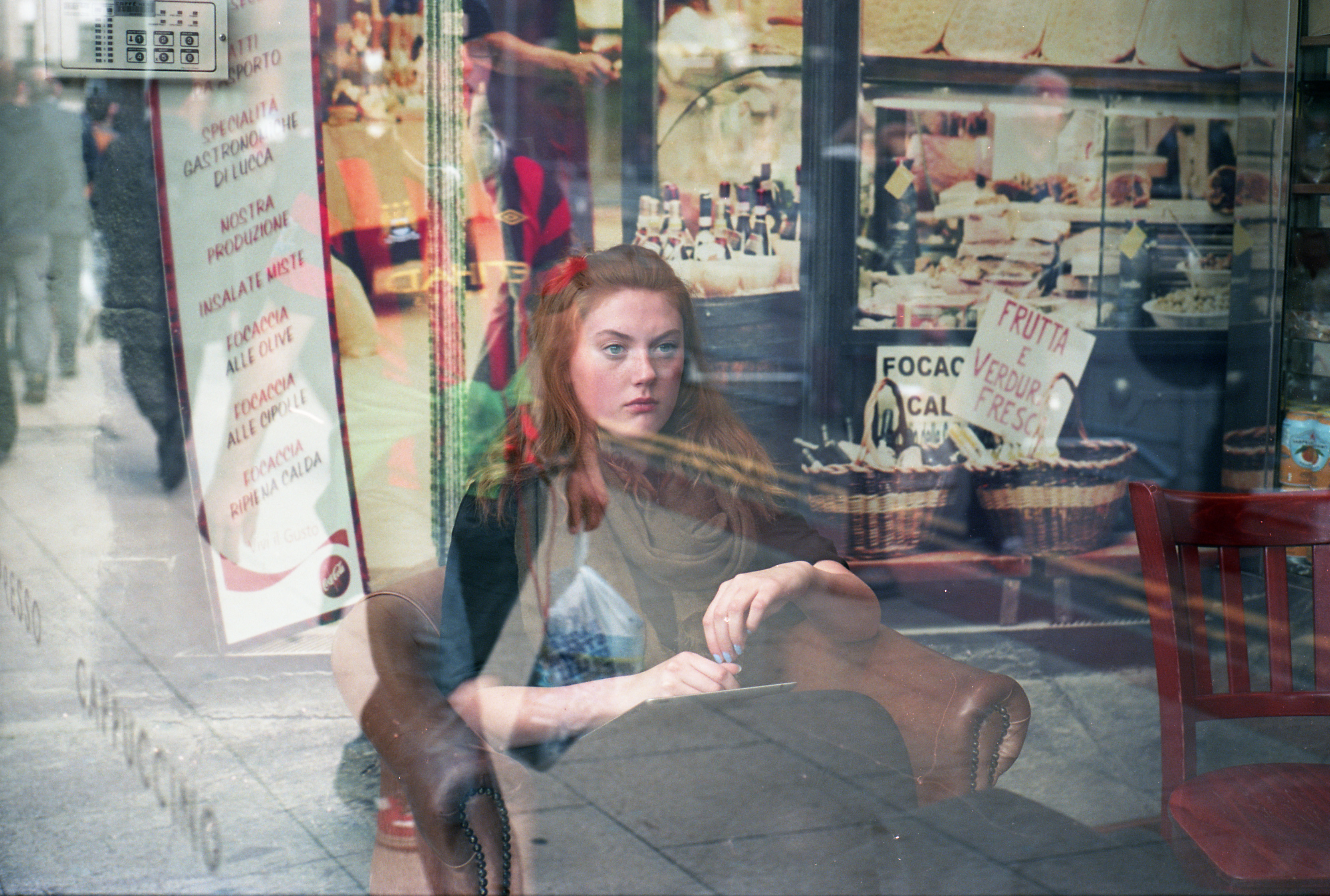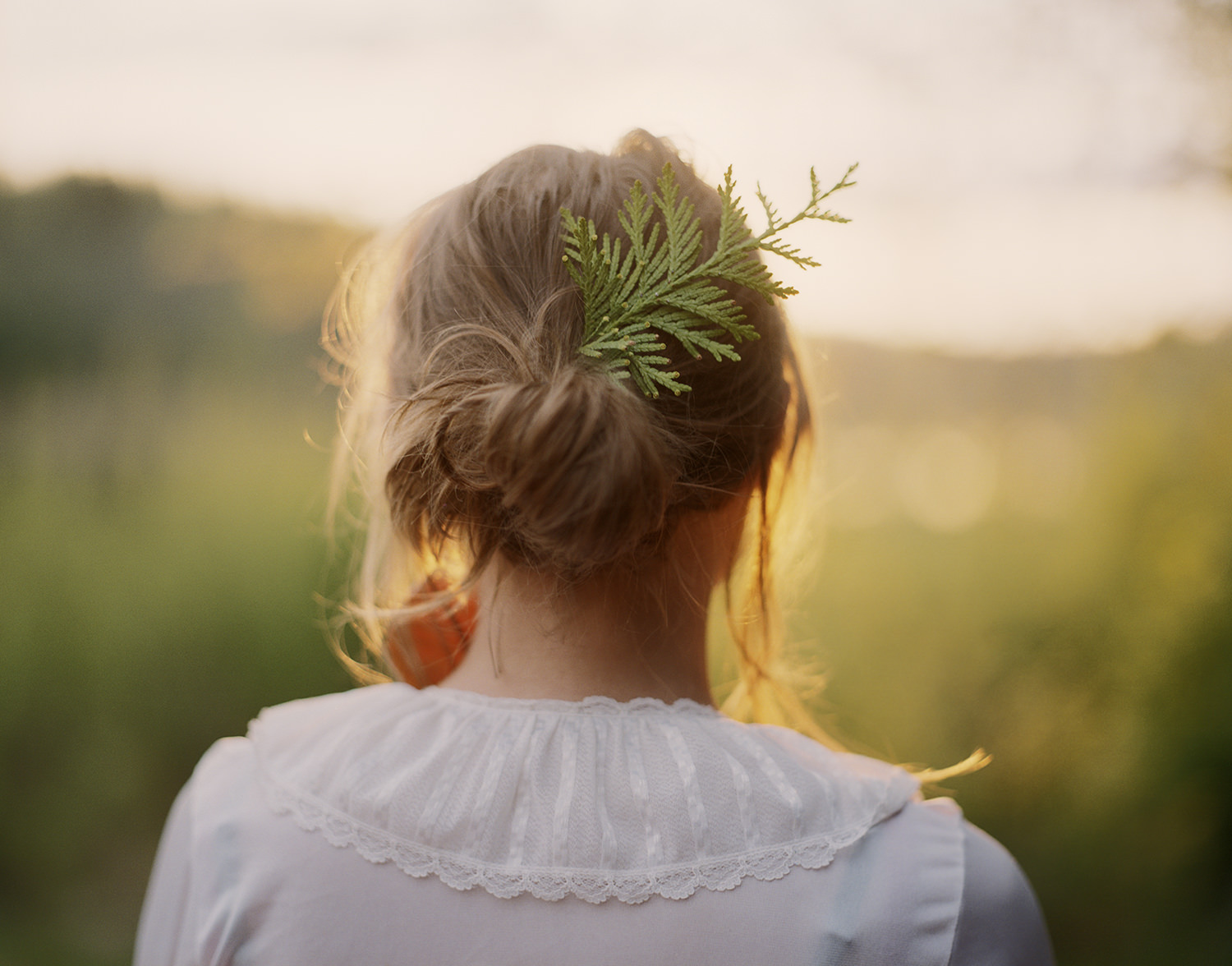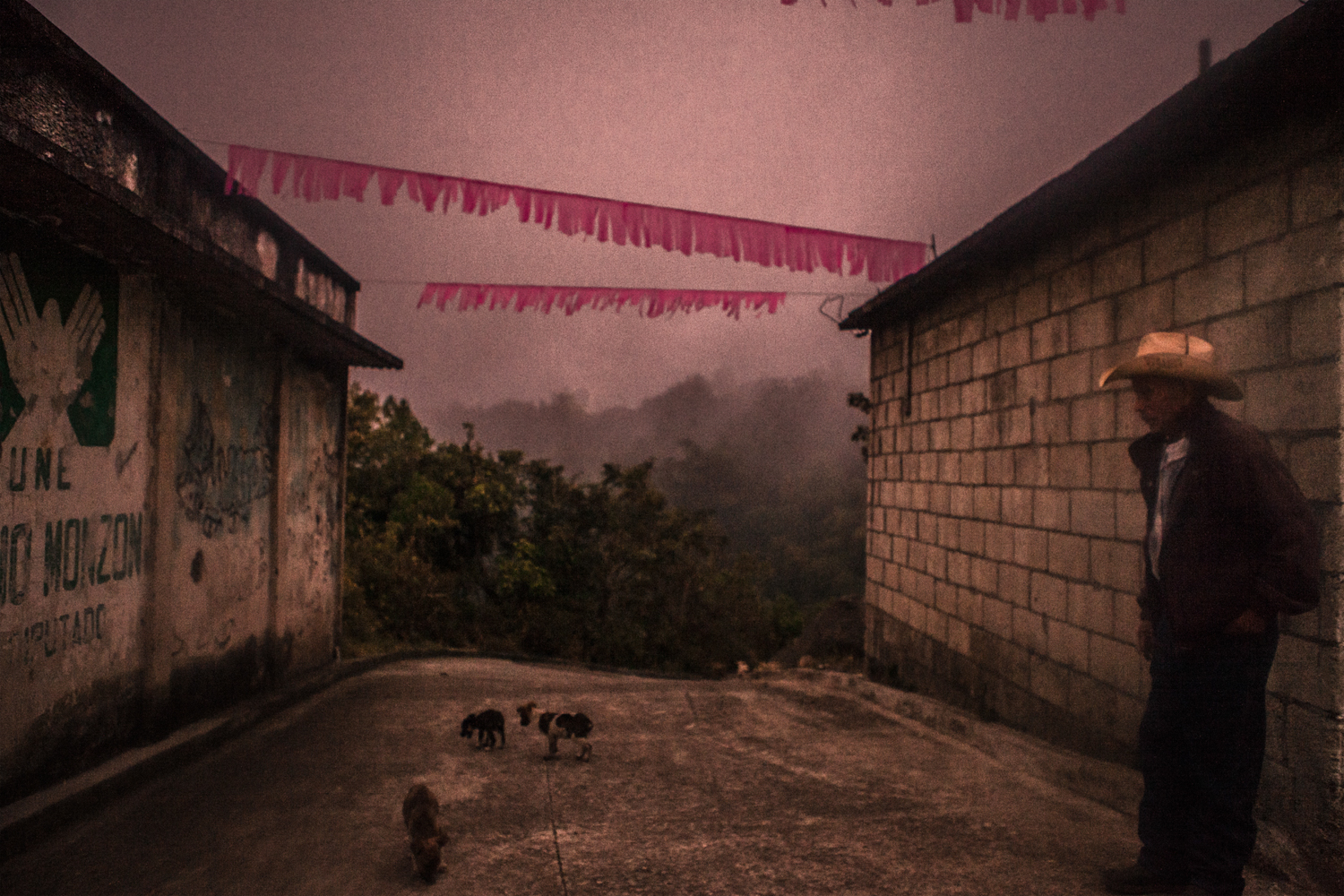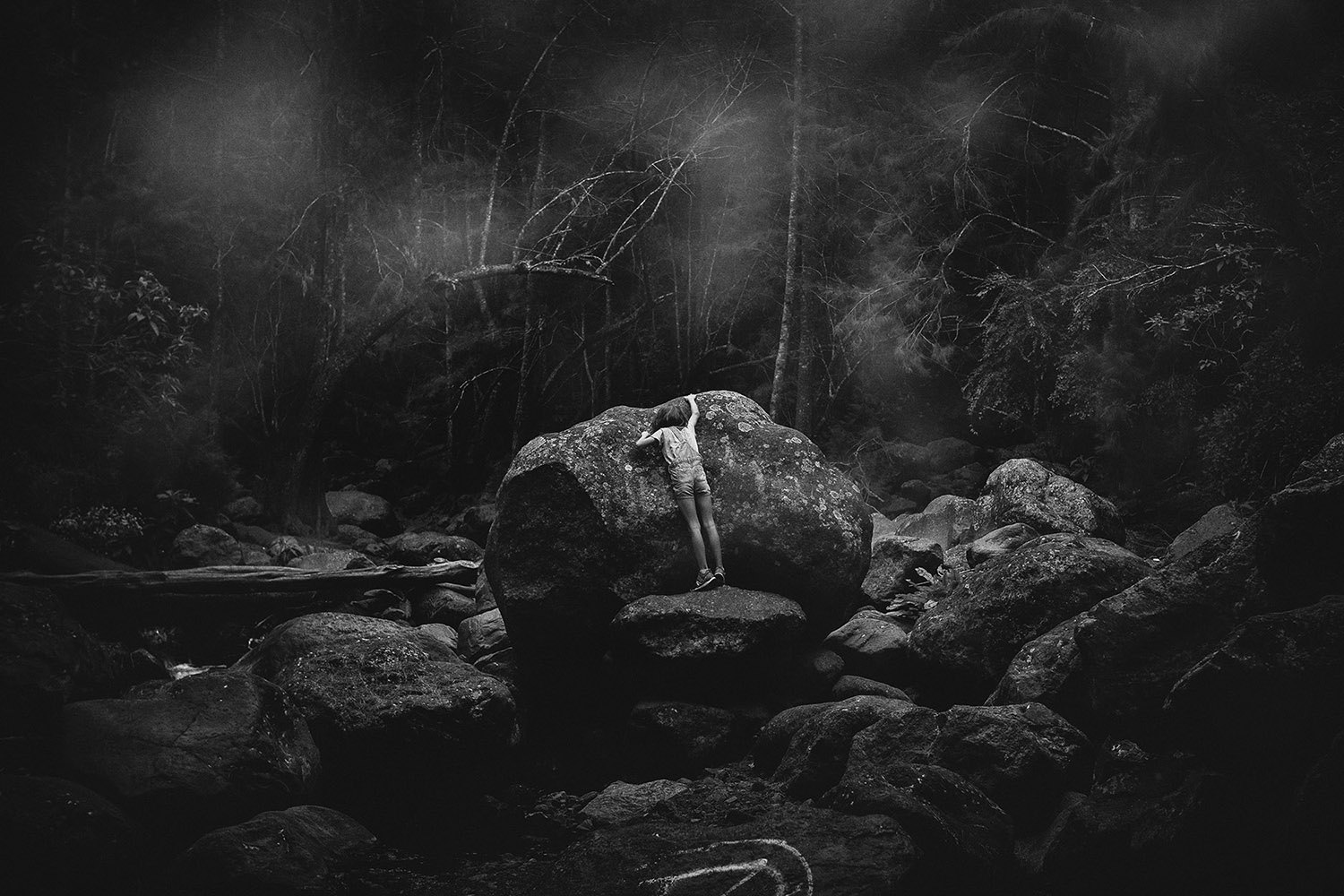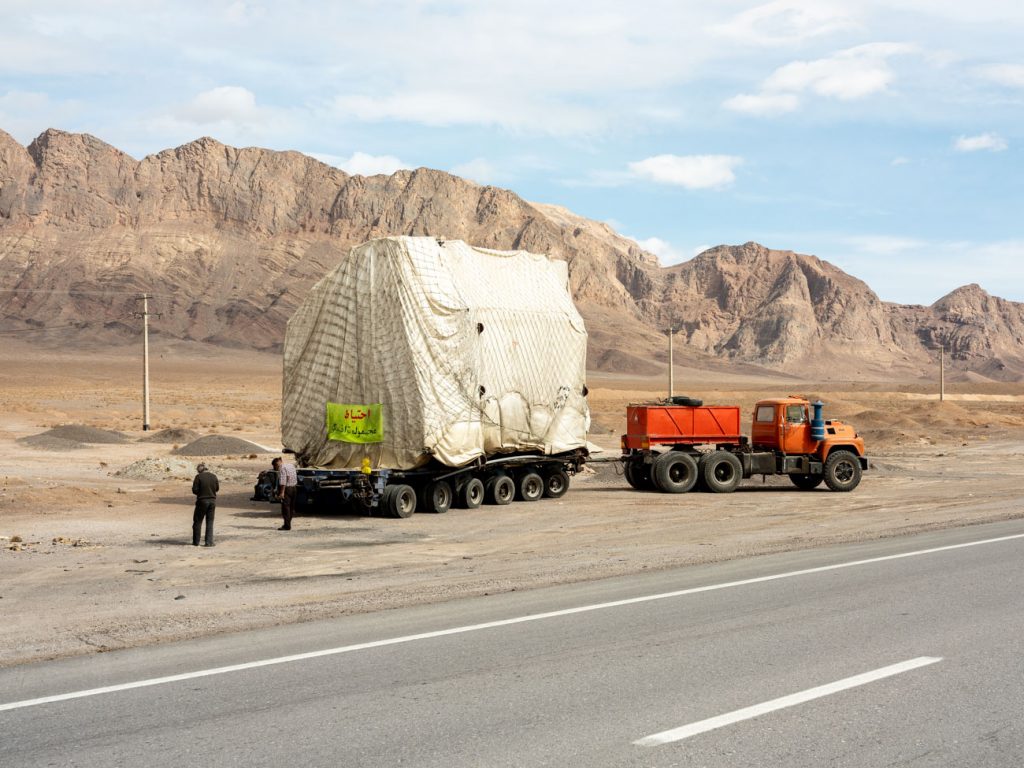
What is behind the project?
It all started with a first trip, organized a bit unexpectedly in southern Morocco. I had in mind the colors of Harry Gruyaert’s images and I told myself that I should go there for a ride. But I was more interested in desert landscapes than in the city. The other trips allowed me to refine what I was looking for and the project gradually took shape.
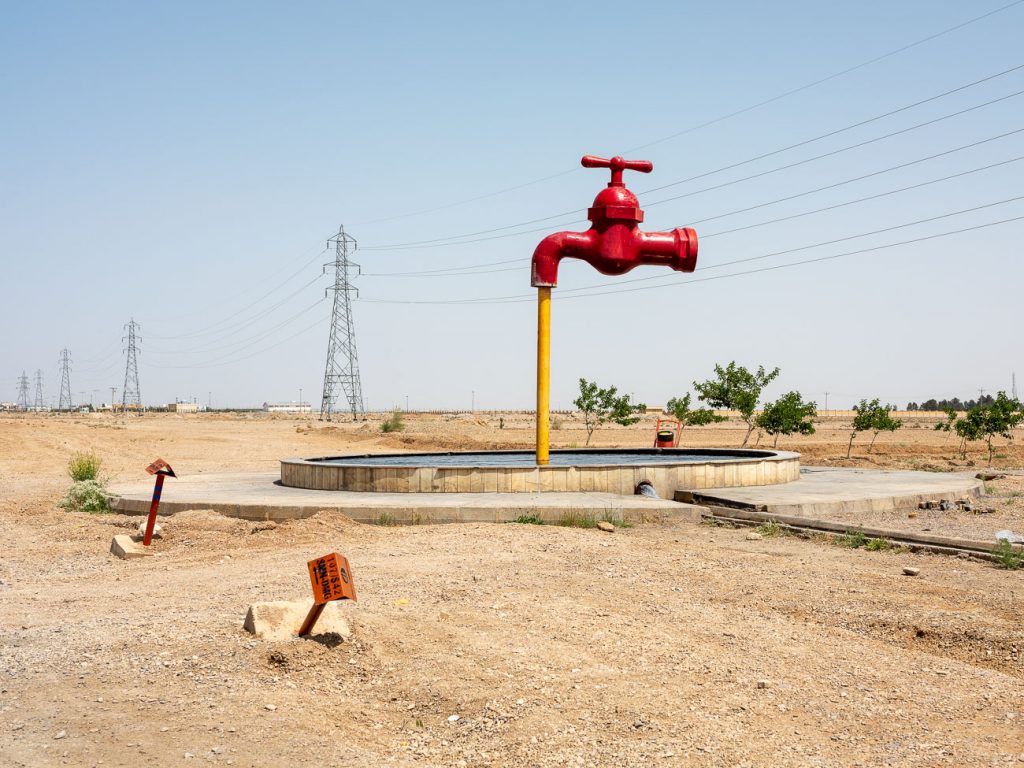
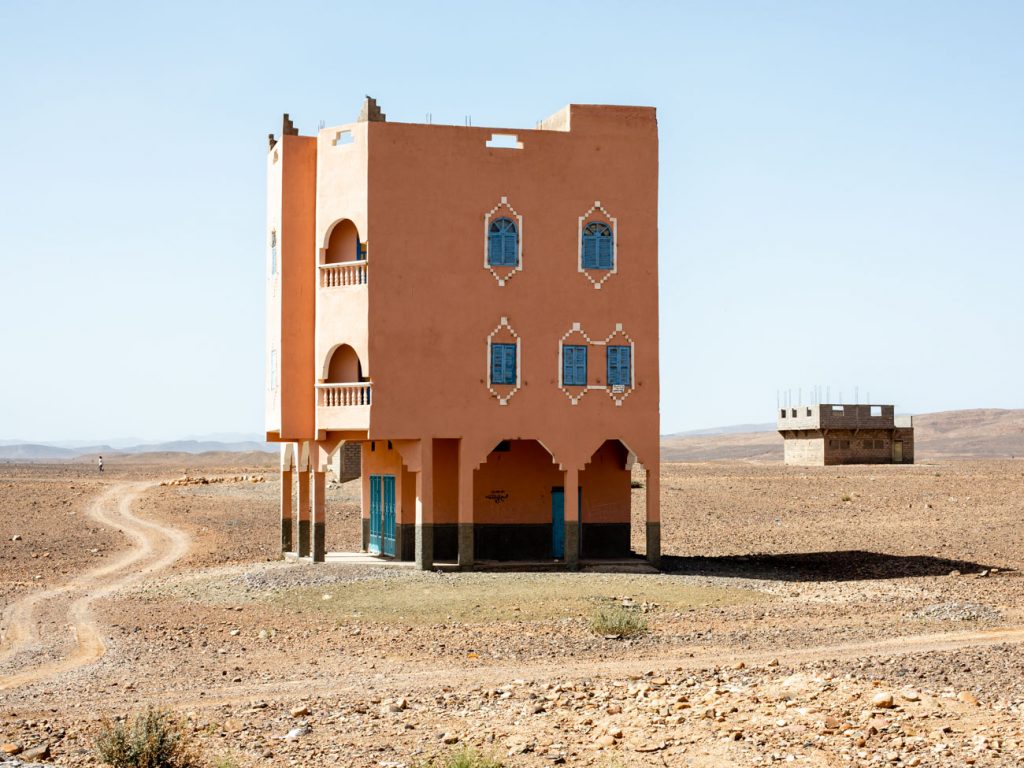
Where does this attraction for desert landscapes come from?
Originally there are Western movies and the American West. It represents the virgin territory, the territory of the eternal new beginnings, of the infinite horizons, the territory of the epic. A territory that is paradoxically empty but rich in symbols. Very quickly I found something graphic. When a subject appears in a desert landscape it is immediately highlighted.
There is also something meditative about this horizon which offers a space of projection to the mind. Then I started to get interested in the shapes and materials of these mountains. They are a bit different from the big mountain ranges that we usually see. Sometimes they come out of the ground like gigantic mushrooms in the middle of nowhere. They even give off a real personality, some masculine, others feminine.
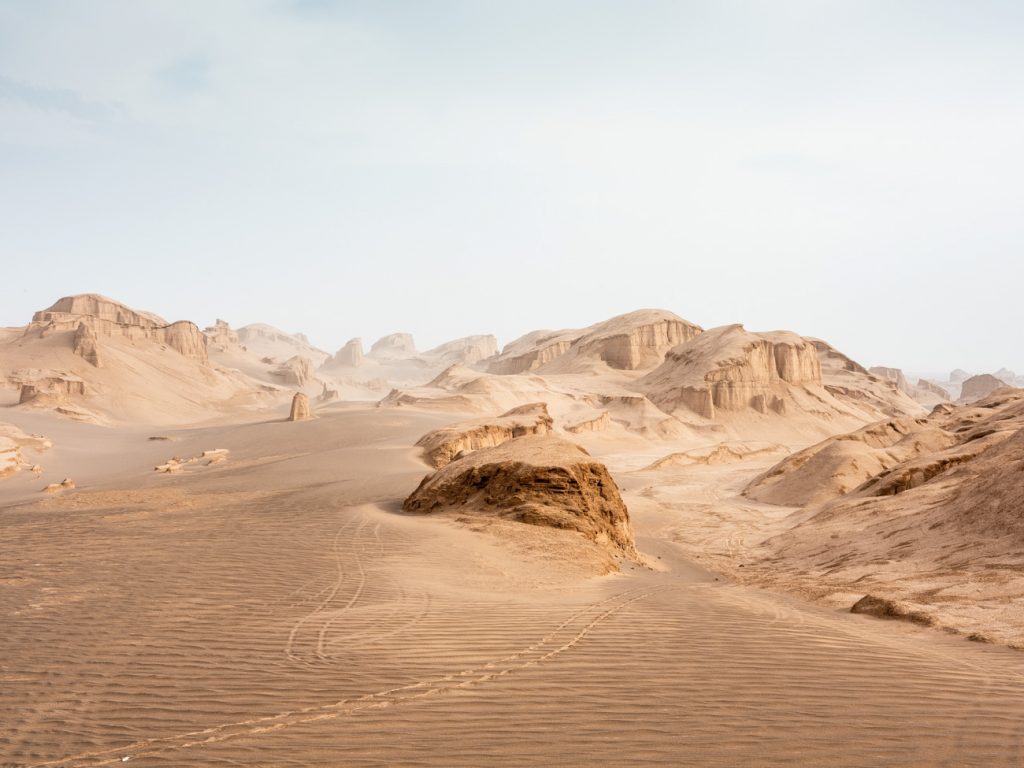
« What I find interesting is to mix characters, landscapes, homes and from there, everyone is free to fill in the empty spaces…The idea is to share the wandering of the thought. »
This series was made in several countries but in the light of your photographs, one could imagine that it is a single country. Is it a desire on your part to ensure visual continuity?
The idea was to reconstruct a world from images made in different countries. But it was necessary to avoid them being too disparate or too folkloric. The choice of characters and the omnipresence of the landscape play a key role. Then it is simply the subjectivity which carries out a natural selection and brings a little unity.
There is no story, only fragmented renderings. I am trying instead to propose a journey that is coherent and to offer a springboard for the imagination. What I find interesting is to mix characters, landscapes, homes and from there, everyone is free to fill in the empty spaces. But, as part of a book, it will be interesting to punctually put into words a personal narrative. The idea is to share the wandering of the thought.
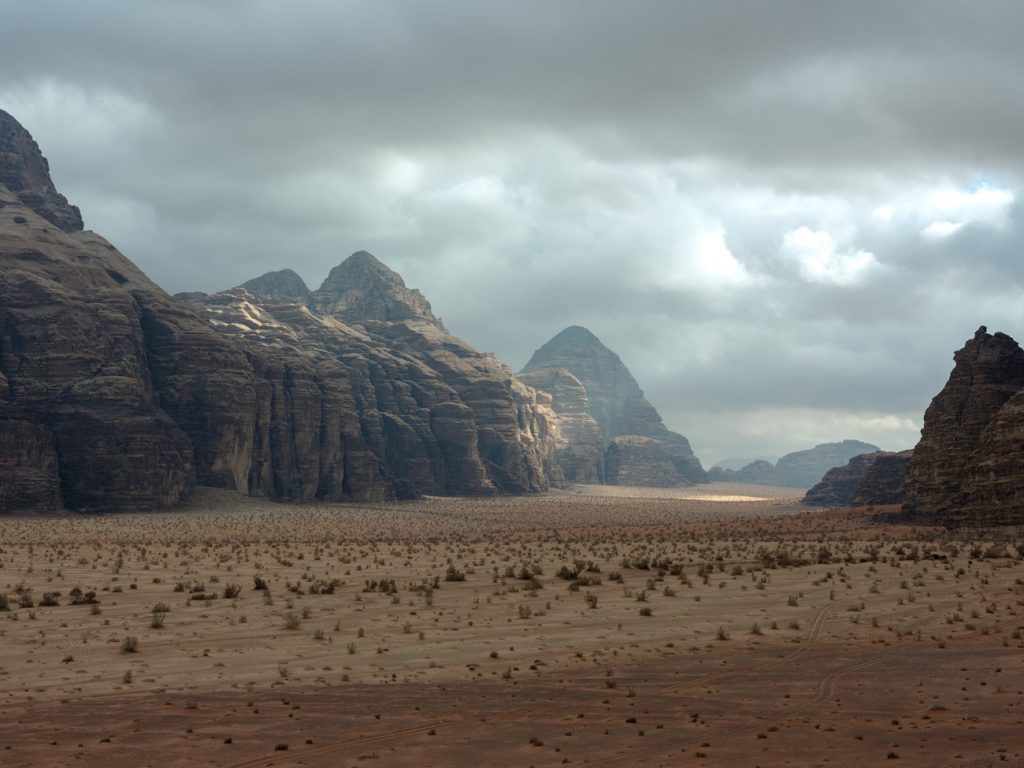
Editing is an important part of your approach. What is your general working method and how do you select your photographs?
I only kept the images in which there was a small oddity or a surreal dimension. It is the intrigue contained in the image that acts as a narrative. Then I do one editing that I will change countless times. Finally, I show my work to friends to help me sort and avoid repetitions.
But I am now at a stage of the project where the window of shooting to obtain new images is considerably reduced. When dealing with forty images it is difficult to avoid repetition. I will probably make one or two more trips but I feel that the project is coming to an end. Then I would like to publish a book and hopefully organize an exhibition.
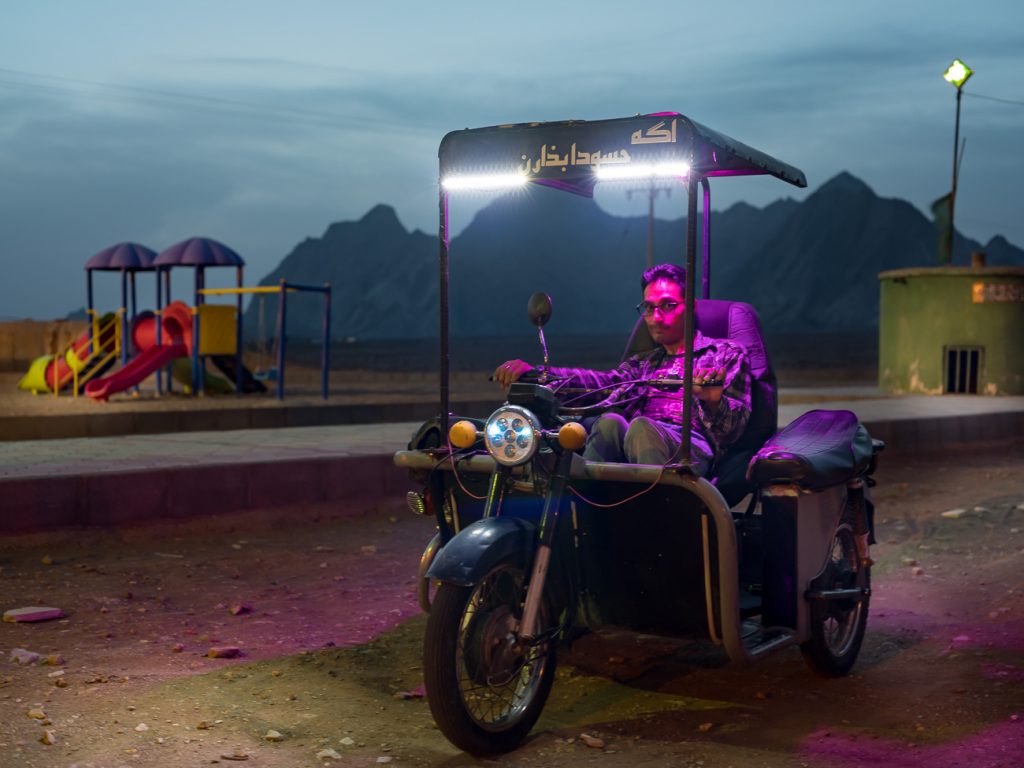
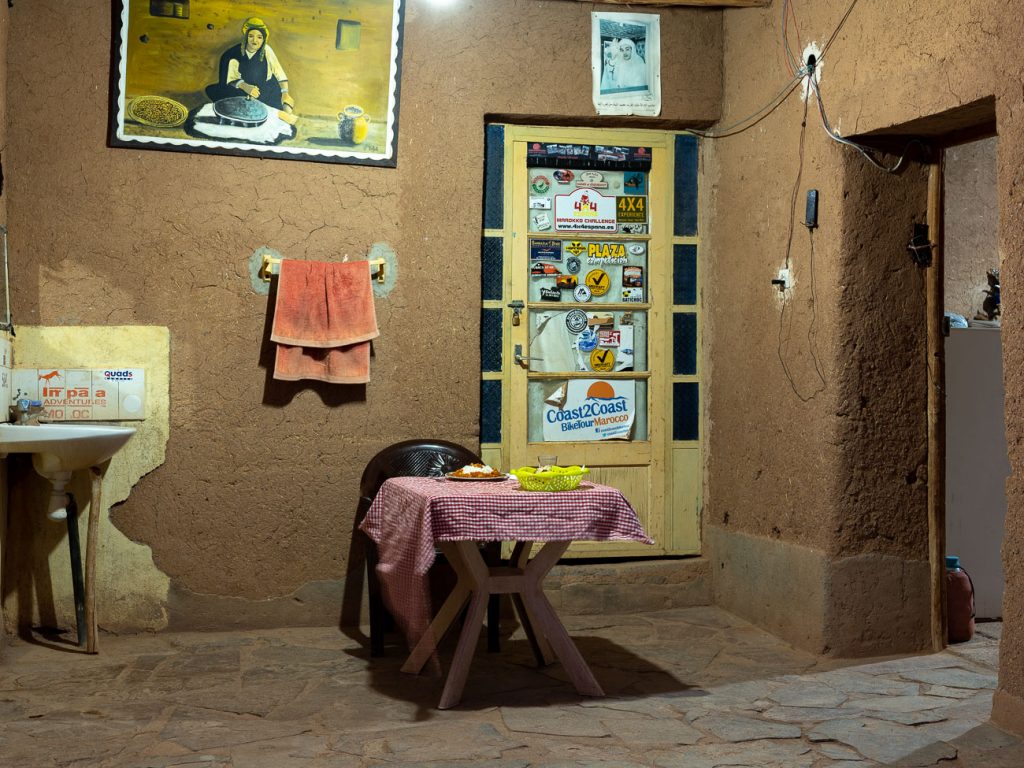
« By taking a picture I simply draw attention to the fact that from time to time the world offers us a particularly enjoyable scene. Everything is in its place, well ordered, the eye path is greatly facilitated and suddenly the image registers in the brain. »
What is the origin of this rigor visible in the design of each of your photographs?
What may give the impression of rigor in the creation of the images is perhaps the fact that they are a kind of « minimalist ». But this rigor originates in reality, it is already present. By taking a picture I simply draw attention to the fact that from time to time the world offers us a particularly enjoyable scene.
Everything is in its place, well ordered, the eye path is greatly facilitated and suddenly the image registers in the brain. It is precisely this apparent order that gives a fictional dimension to the images. The order sometimes takes on a surrealistic dimension.
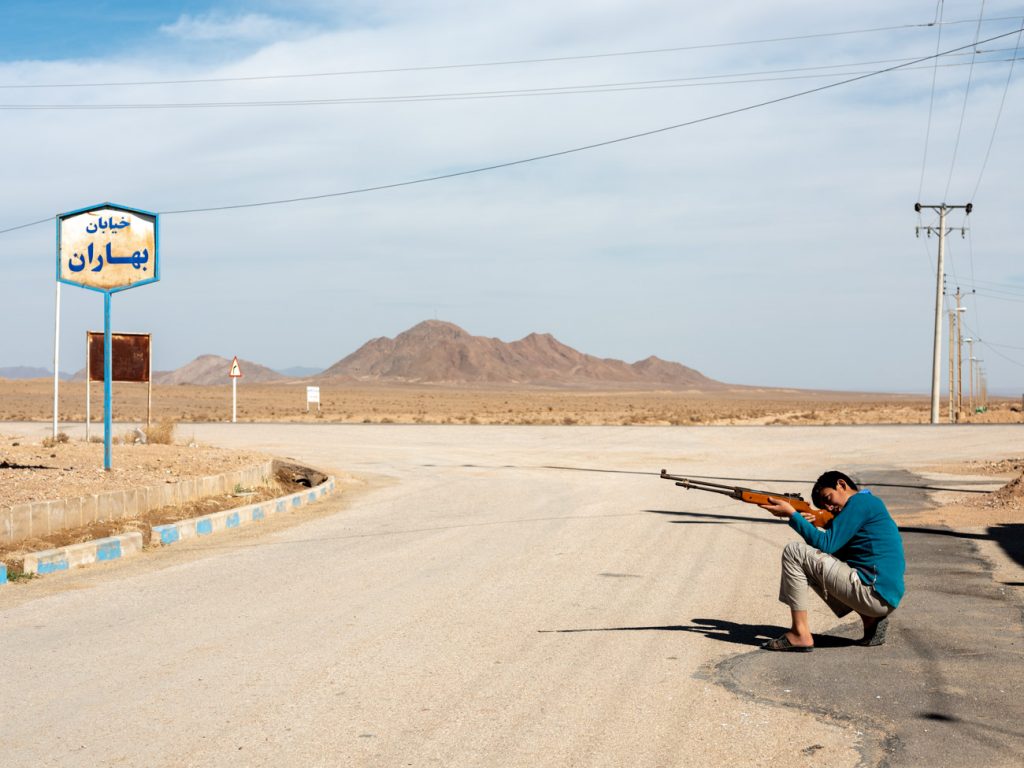
What are your photographic influences?
It’s the American colorists who made me want to become a photographer. Like many photographers around me, I was touched by William Eggleston, Stephen Shore or Saul Leiter … Today my photographic style has evolved a little and I feel more attracted to photographers like Joel Sternfeld or Bryan Schutmaat. These documentary essays are quite different, but they touch me and complement each other. Lastly, there is originally in my mind something omnipresent since childhood, the cinema of Sergio Leone.
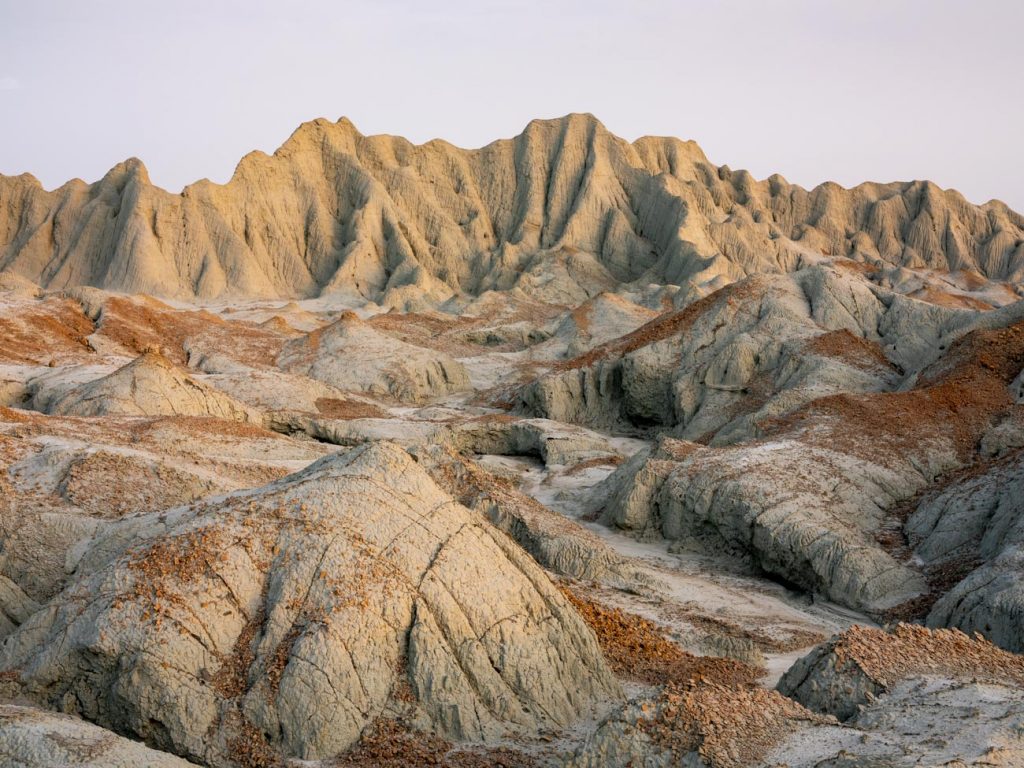
For this project, I thought you were traveling by bike. Why?
There are many reasons for this. First of all, it’s practical, because it’s much more natural and easier to stop on the side of the road to take a picture than with any other mode of transport. Then it facilitates contact with people. When I meet someone on the road I immediately benefit from their sympathy. I become a kind of curiosity so that it is rare that they refuse to be photographed. On the other hand, moving at 20km/h offers the right rhythm, like the traveling motion of a camera. It is conducive to free associations and each visual element encountered becomes a stimulus for the imagination.
Lastly, when you ride a bike you must be aware that your body feels everything: the wind whips your face and whistles in your eardrums, sweat dribbles over your shoes, fear sometimes takes you by surprise, the raised heartbeat from physical activity is similar to the heartbeat of someone being hunted. You rediscover something wild. So much so that after each trip I felt like a survivor and therefore much more alive.
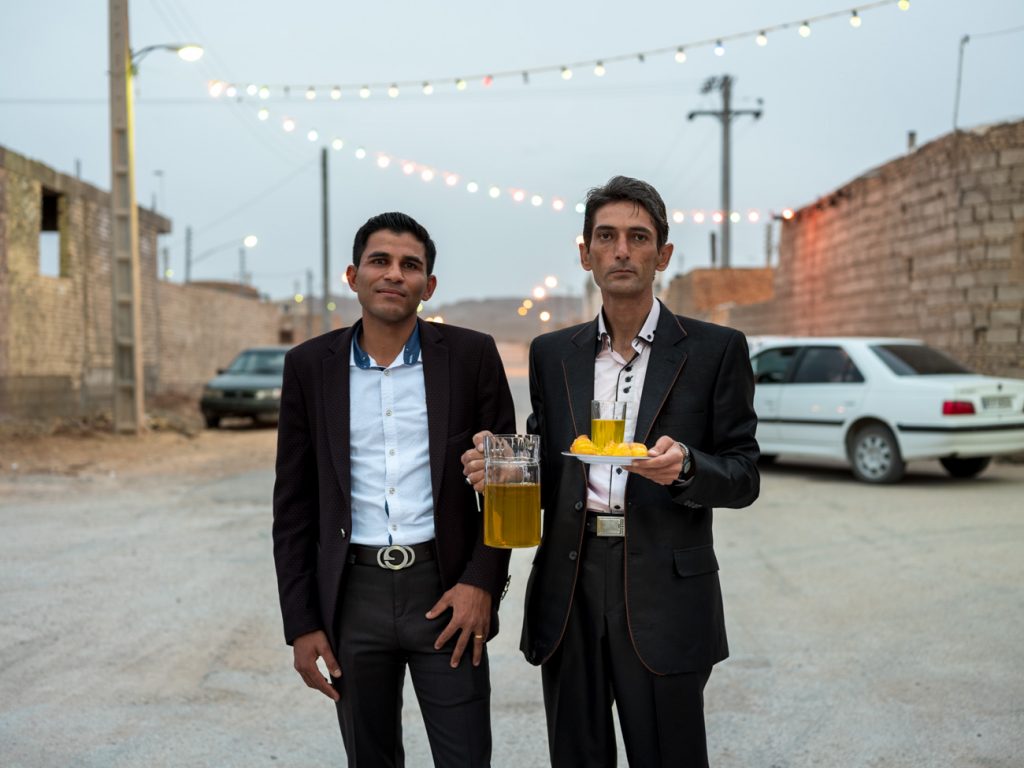
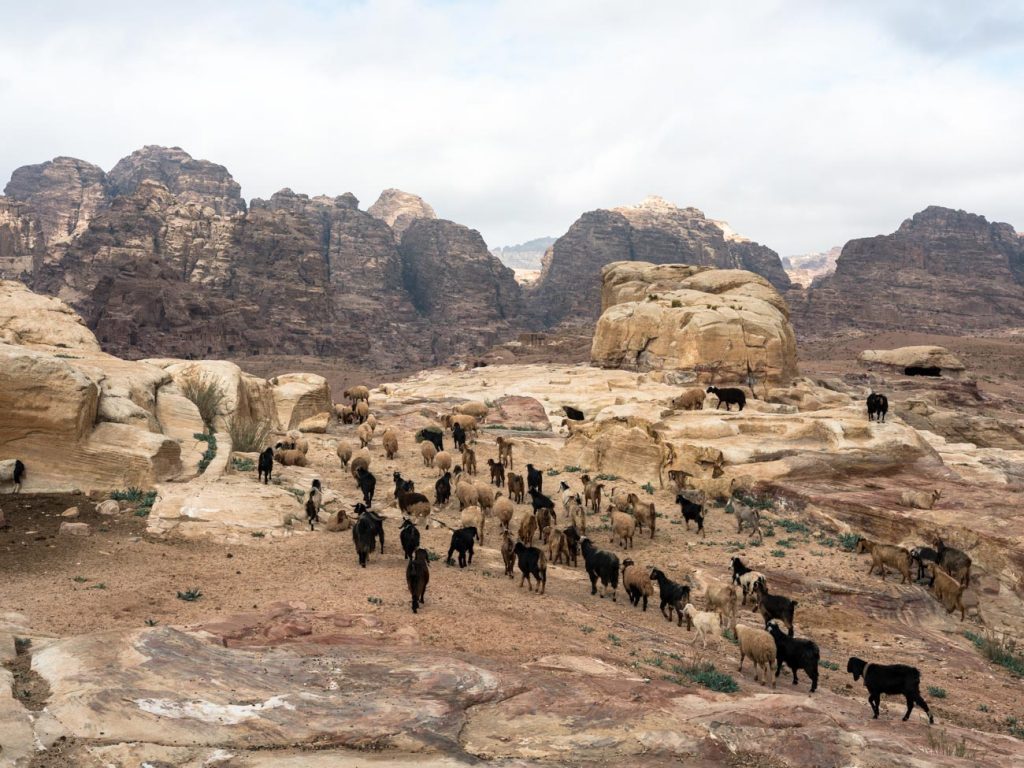
During your travels, do you spend time with the inhabitants?
I meet a lot of people indeed. Sometimes some people invite me to eat or sleep at their place. But I never stay for more than 4 days at the same place. The ones I photograph are not always the ones I talk to the most. Most of the time I meet them on the road, we have a short interaction and then they go back to their occupations.
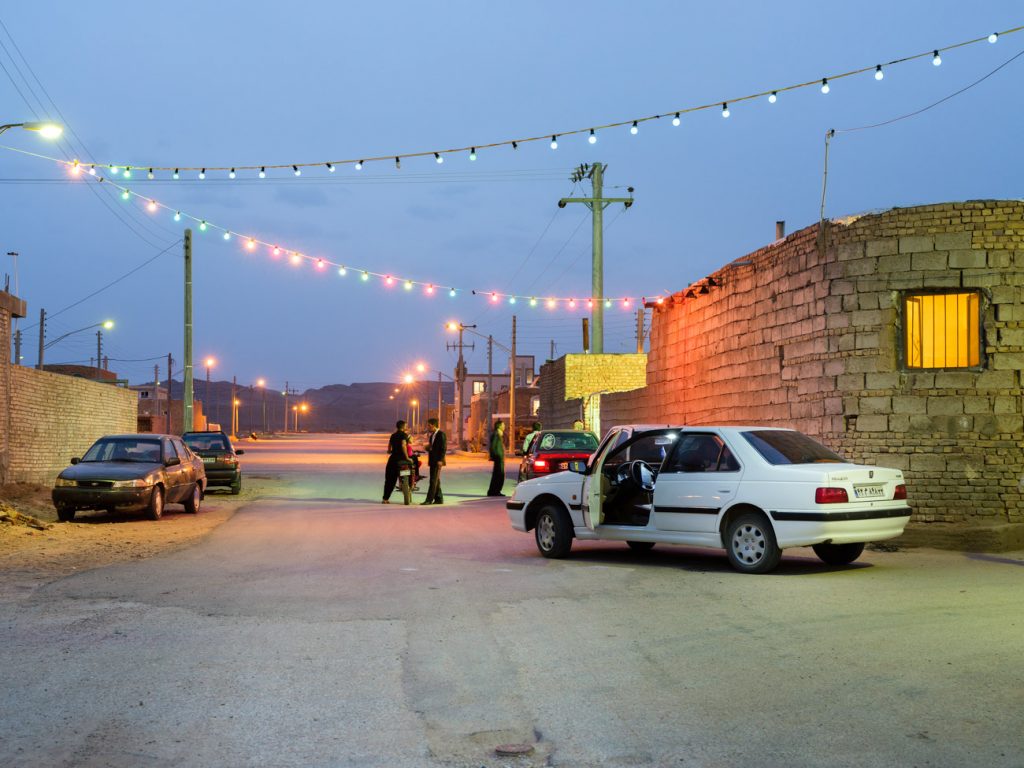
What are their lifestyles, their occupations (and perhaps concerns) on these hostile lands?
It is difficult to answer this question in general. In any case, we must not imagine that their occupations are significantly different from ours. That said, there are two things that interested me in the rural areas of these countries: persistent nomadism and the culture of the oasis with its water irrigation systems. One must imagine that some oasis still uses the clepsydra (a water clock) to time irrigation of crop plots. Obviously, this type of organization tends to disappear. But it contributes to the charm of the trip.
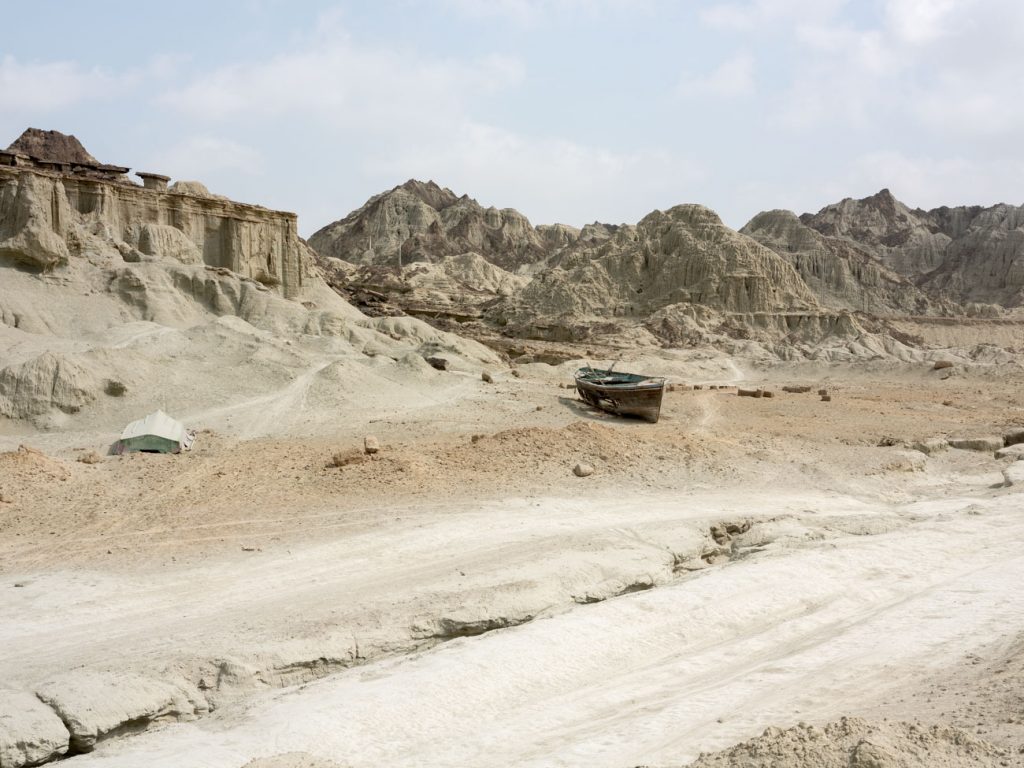
Top 5 Photobooks
For his poetry
« Early Colors », Saul Leiter
For the accurate gaze
« American Prospects », Joel Sternfeld
For the originality and the craziness of the project
« The Red Couch, A portrait of America », Kevin Clarke & Horst Wackerbarth
For the unique trip
« Ultima Thule », Henrik Saxgren
For the beauty of light
« Grays the Mountain Sends », Bryan Schutmaat
Interview by Jerome Lorieau

